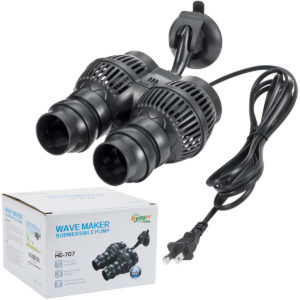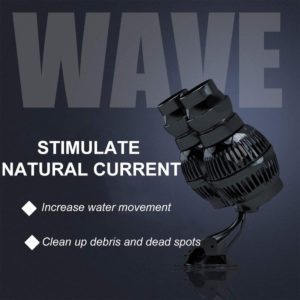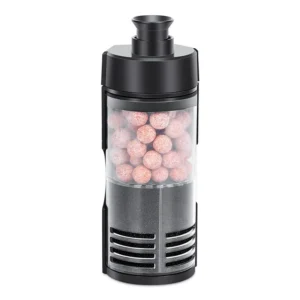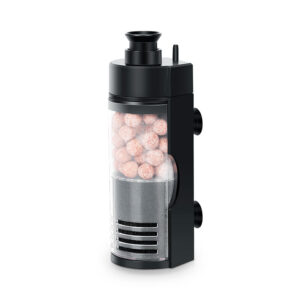Soft Corals Types and Facts
Corals typically consist of soft corals and hard corals (including LPS corals and SPS corals). Soft corals belong to the class Anthozoa. They are soft and bendable. In this article, we are going to talk about soft corals. You will walk away with a much better understanding of the types and features of soft corals.
Soft coral types
Basic info about soft corals
Generally, soft corals come in various shapes, sizes, and colors. Unlike hard corals, soft corals do not have stony skeletons. Accordingly, soft corals can not build coral reefs. In this part, let’s learn something about types of soft coral.
Soft corals can have various growth forms, including branching, encrusting, or feathery structures. They often have polyps with tentacles that extend to capture food and contribute to their vibrant appearance. Soft corals can display a range of colors, like purple, yellow, and green.
Moreover, soft corals can produce chemical compounds called terpenoids, which act as a defense mechanism against predators and competition from other organisms. These compounds can have various effects, including deterring potential threats and inhibiting the growth of nearby corals or algae.
Soft coral types
Featuring unique characteristics and appearance, soft corals can be further categorized into diverse types. Next, we will list some common soft coral types.
- Leather Corals (Sarcophyton spp.)
- Mushroom Corals (Actinodiscus spp.)
- Kenya Tree Corals (Capnella spp.)
- Finger Corals (Sinularia spp.)
- Toadstool Corals (Sarcophyton spp.)
- Zoanthids
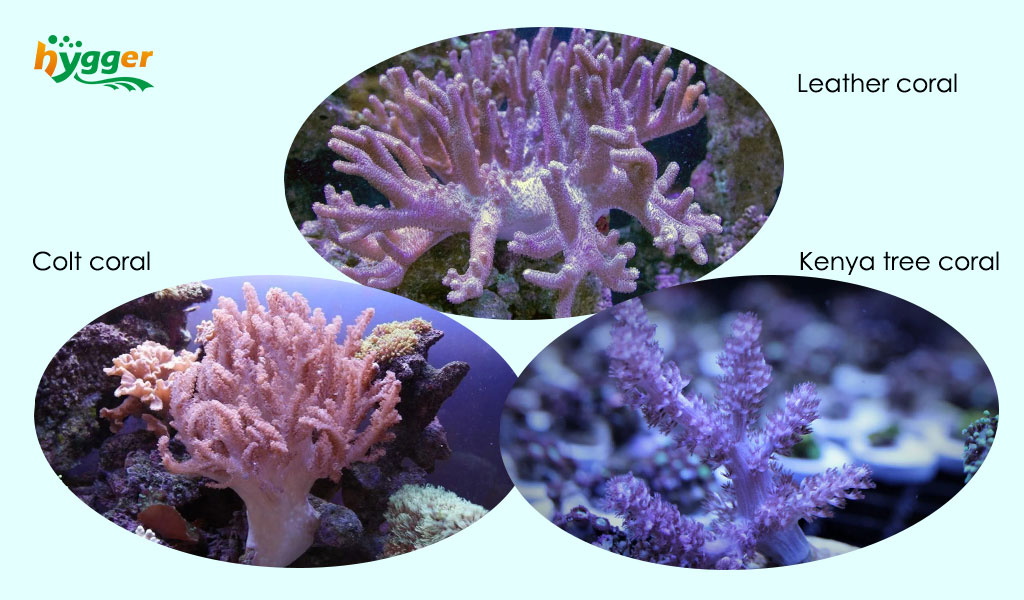
What soft corals can be kept in aquariums?
Actually, many soft corals can be kept in aquariums. For instance, Leather Corals, Mushroom Corals, Xenia Corals, Kenya Tree Corals, Colt Corals, Cabbage Corals, Finger Corals, Toadstool Corals, etc.
- Leather Corals
Leather corals have a leathery texture and come in various colors and forms. Like finger leather corals and toadstool leather corals. Also, Leather corals are hardy and adaptable, making them suitable for beginners.
- Colt Corals
Colt corals have a branching growth form and come in brown, green, or pink. Commonly, they have a lumpy or bumpy appearance with small, fleshy polyps covering their encrusting surface. Colt corals are relatively easy to care for and can be propagated through fragmentation.
- Kenya Tree Corals
Featuring a feathery or tree-like appearance, Kenya tree corals have long and thin branches covered in polyps, which can extend during nighttime or when they are feeding. Kenya tree corals are hardy and can adapt to a variety of lighting conditions. Generally, Kenya tree corals come in colors like brown, green, and pink.
What are the differences between soft corals and hard corals
| Differences | Soft corals | Hard corals |
| Skeleton structure | Featuring flexible and pliable structures, Soft corals lack stony skeletons. | Hard corals have a rigid and calcium carbonate skeleton. It forms the basis of coral reefs. These skeletons provide structural support and can persist even after the coral polyps die. |
| Polyp appearance | Polyps of soft corals often come in feathery or finger-like structures with extended tentacles. | Hard corals have individual polyps featuring a tubular or cup-shaped appearance. And the polyps are interconnected by a thin layer of living tissue, called the coenosarc. |
| Symbiotic relationship with photosynthetic algae (zooxanthellae) | Soft corals rely less on zooxanthellae. Because they can capture plankton and other small organisms to supplement their nutritional needs. | Hard corals rely more heavily on photosynthetic algae for nutrition, as they have a higher calcification rate. |
| Growth forms | Soft corals have a wide range of growth forms. For example, branching, encrusting, feathery, and mushroom-like shapes. | Famous for the ability to build large and complex structures (e.g. coral reefs) over time, hard corals form diverse growth forms, like branching, encrusting, and massive structures. |
| Sensitivity to handling | Soft corals are generally more tolerant of handling and fragging (fragmentation to propagate new individuals). | Hard corals can be more delicate and sensitive to disturbance. |
Do soft corals have zooxanthellae?
Definitely, soft corals do have zooxanthellae, which are photosynthetic algae. And soft corals have a symbiotic relationship with photosynthetic algae. Zooxanthellae live within the tissues of the soft corals and provide them with essential nutrients through photosynthesis. In return, the coral provides the algae with compounds necessary for their growth and a protected environment.
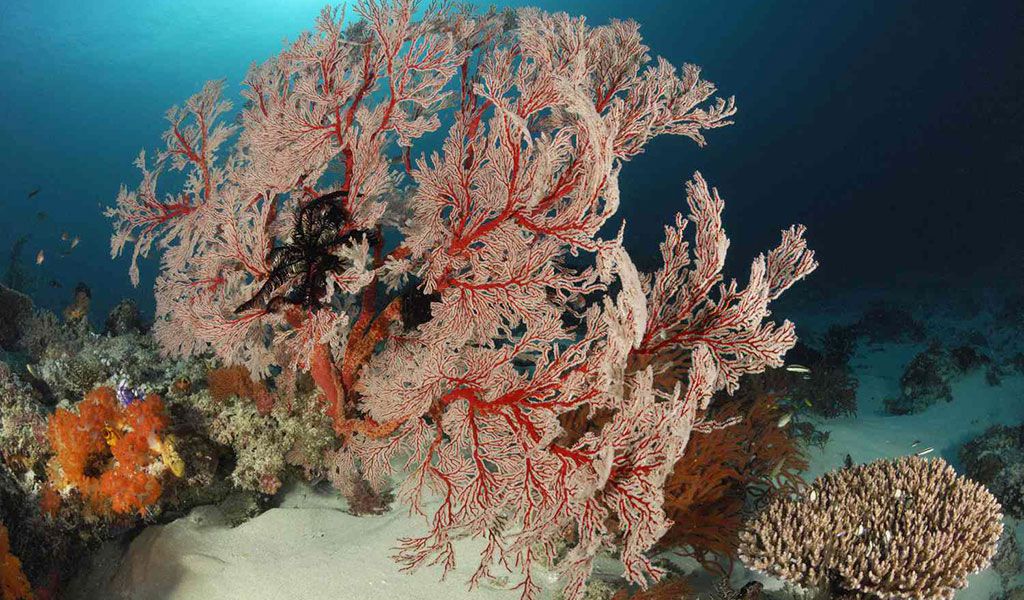
How do soft corals grow
Growth forms of soft corals
- Branching Growth
Many soft corals exhibit branching growth forms. For example, such as Kenya Tree corals. They develop new branches from the main colony or the base of existing branches. These branches can grow in various directions and angles, creating a branching structure.
- Encrusting growth
Some soft corals exhibit encrusting growth forms, like Colt corals. They spread horizontally along the substrate, attaching themselves to rocks or other hard surfaces. As they grow, they form a thin layer or mat over the substrate, gradually increasing their coverage area.
The growth rate of soft corals
The growth rate of soft corals can be varied, which mainly depends on species, environmental conditions, and available nutrients. In general, soft corals grow slower than hard corals. Give below are some examples.
| Growth rate | Examples |
| Slow growth: increase in size by a few centimeters per year or even less | Certain species of leather corals (Sarcophyton spp.) and some tree corals (Nephthea spp.) |
| Moderate growth: increase in size by several centimeters to a few inches per year | Kenya Tree corals (Capnella spp.), Sinularia spp., and some species of Xenia corals |
| Fast growth: rapid extension of branches or encrusting mats | Certain pulsing Xenia corals (Xenia spp.) and some varieties of Colt corals (Cladiella spp.) |
Requirements of growing soft corals
| Light requirements | Low light (50-150 PAR) /8-10 hours per day |
| Water flow rate | Low water flow (20 times turn over per hour) |
| Optimal water temperature | 73-84℉ (23-29℃) |
| pH level | 8.2-8.5 |
| Salinity | 1.023-1.025 |
| Ammonia level | 0 ppm |
| Nitrite level | 0 ppm |
| Nitrate level | Less than 10 ppm |
How do soft corals reproduce
Soft corals can reproduce through various methods, including sexual and asexual modes. In this segment, we will discuss the primary methods by which soft corals reproduce.
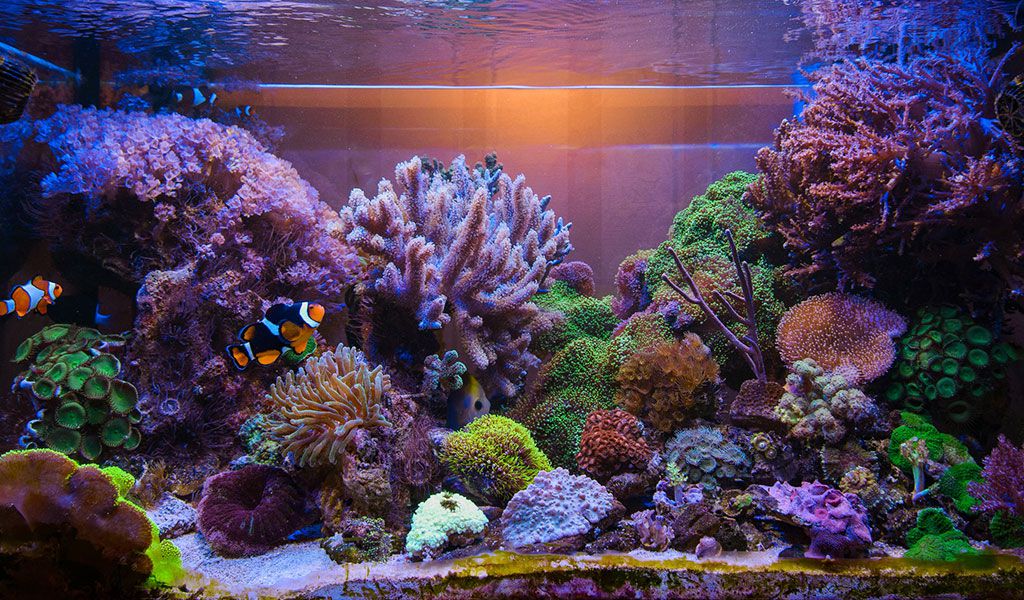
Sexual reproduction
Sexual reproduction involves the release of eggs and sperm into the water, where fertilization occurs. The process of sexual reproduction may include gamete release, synchronized spawning (multiple individuals of the same species release their gametes simultaneously), larval development, plus settlement and growth.
Asexual reproduction
Asexual reproduction can happen through budding, and fragmentation or fission (the formation of new polyps from existing tissue).
- Budding
Soft corals can grow through a process called budding. New polyps develop from the base or sides of existing polyps. These small polyps gradually grow and develop into individual colonies.
- Fragmentation /Fission
Soft corals can reproduce through fragmentation. This occurs when a portion of the coral breaks off from the main colony, either naturally or due to external factors. The fragmented piece can then settle on the substrate and develop into a new individual coral colony.
In short, both sexual and asexual reproduction contribute to the population dynamics and resiliency of corals. Sexual reproduction allows for genetic diversity and the colonization of new areas, while asexual reproduction enables rapid clonal growth and the recovery of damaged or fragmented colonies.
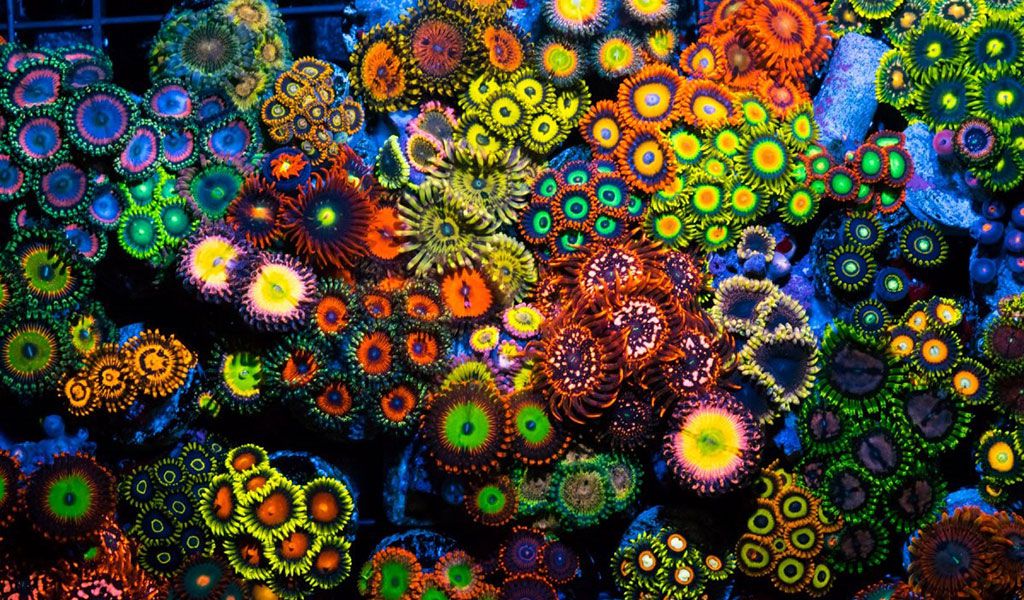
Are zoanthids soft coral
Are zoanthids soft corals? The brief and definitive answer is yes. Zoanthids belong to the Zoanthidae family. And they have a soft and fleshy appearance, with a mat of tissue connecting all the polyps. Also, Zoanthids became popular because of their brilliant and diverse colors, unique patterns, plus various shapes and sizes.
Additionally, while zoanthids are considered soft corals, some species within the Zoanthidae family can produce potent toxins. These toxins serve as a defense mechanism against predation. But be cautious when handling or propagating zoanthids to avoid any potential adverse effects.

